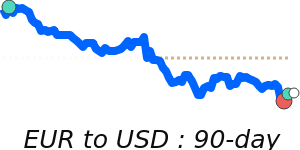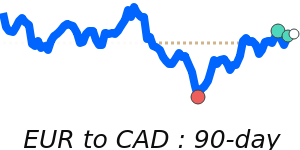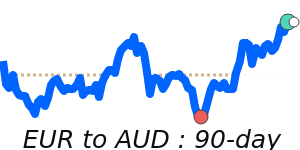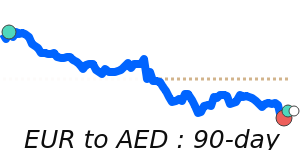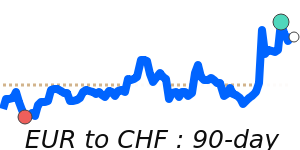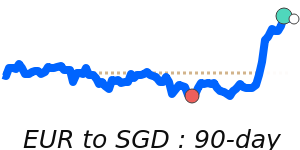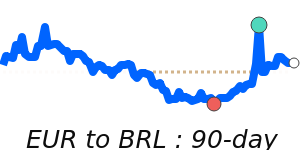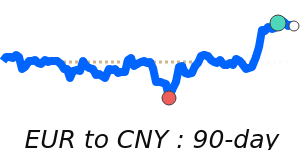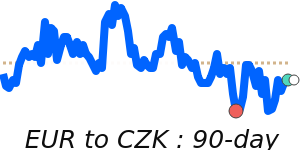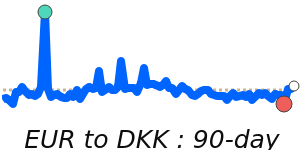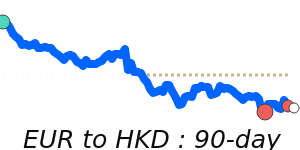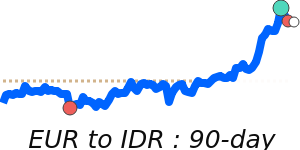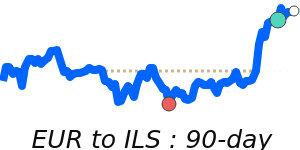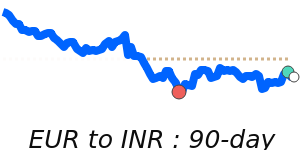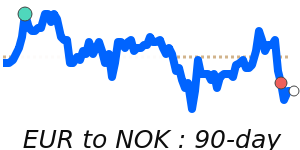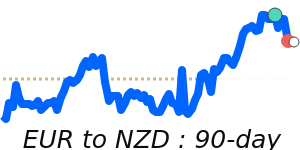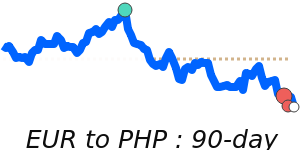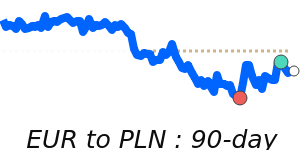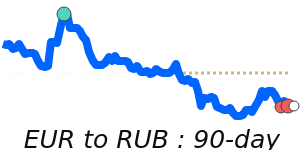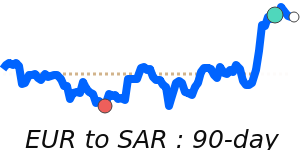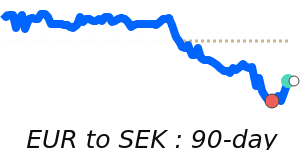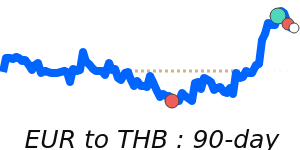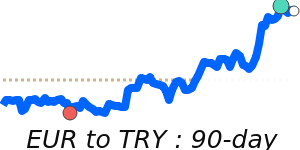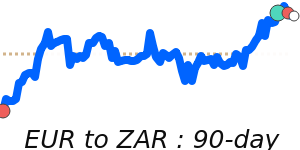The euro (EUR) faced downward pressure recently, dipping as the European Central Bank (ECB) maintained its cautious stance regarding the strength of the currency. On Thursday, the ECB opted to leave interest rates unchanged but revised growth forecasts upward. However, ECB President Christine Lagarde highlighted that a stronger euro could potentially dampen inflation, contributing to a softer euro sentiment in the market.
Inflation data released from the Eurozone showed a slight increase to 2.2% in November from 2.1% in October, which suggests ongoing inflationary pressures, especially within the services sector. Analysts from the ECB noted "upside surprises" in inflation, which has reignited discussions on the potential for future rate adjustments. ECB Chief Economist Philip Lane's comments indicate that the outlook for inflation may not be as steady as previously anticipated.
Recent market activity placed the EUR to USD currency pair at approximately 1.1710, marking a 7-day low and just above its 3-month average of 1.1639. This pair has remained relatively stable within a narrow 2.9% range over the past three months. Similarly, the EUR to GBP exchange rate is also witnessing low volatility, trading near 0.8751, aligning closely with its 3-month average and confined to a 1.8% trading range.
In contrast, the EUR to JPY pair has performed robustly, hitting 90-day highs around 184.8, which is notably 3.6% above its 3-month average. This divergence in performance highlights differing investor sentiment across currency pairs involving the euro.
Ongoing geopolitical tensions and the repercussions from the war in Ukraine continue to influence the euro’s stability. The energy crisis experienced over the past two years has added layers of complexity to the Eurozone's economic landscape, stressing the importance of developments in energy supplies and market sentiment. Additionally, fluctuations in oil prices, with recent prices hovering around $60.53—5.2% below their 3-month average—continue to play a vital role in shaping the broader economic conditions influencing the euro.
Looking ahead, the euro's trajectory will depend heavily on ECB policy responses to inflation trends and the broader economic recovery in the Eurozone. As market participants track these developments, understanding the interplay between ECB decisions and inflation indicators will be crucial for international transactions involving the euro.
